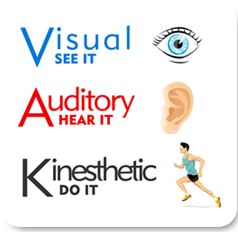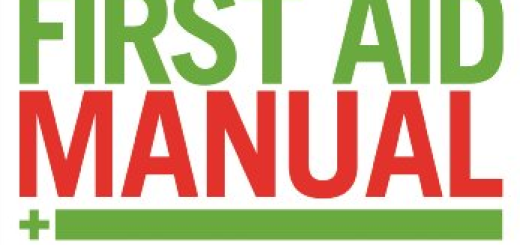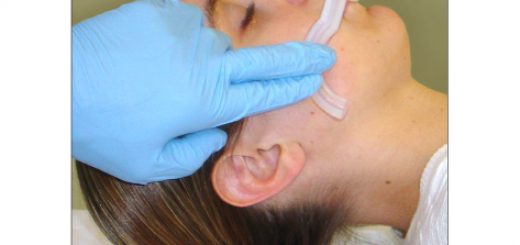How to teach first aid
How can you teach first aid in a fun and engaging way? In this blog post we discuss some tricks and techniques to make first aid an enjoyable experience for your learners.

However when it comes to teaching first aid it can seem daunting to have to cater for individual learning needs as well as ensuring you’re getting the right message across.
The nature of first aid has various underlying skills which are best taught in different ways.
Practical first aid skills are best taught through kinesthetic techniques. It’s no good knowing you need to putting on a bandage to stop the major bleed if you can’t!
Theoretical knowledge (for example, knowledge of medical conditions) is best taught using a blend of visual, auditory and kinesthetic techniques.
“Death by PowerPoint” is no longer an acceptable way to teach first aid!
We must not forget (and sadly many do) that for a well rounded first aider one must consider the other key personal skills: communication, problem solving, team working and empathy.
But how do you teach these? These are certainly things you can’t teach solely through a PowerPoint, in fact these aspects are best imparted through a combination of activities including role play and scenarios.
How to teach first aid – practical ideas
Listed below are some formats of teaching we would use if asked to run a first aid course.
Icebreakers
Great for building key transferable skills such as team-working, problem solving and communication skills.
PowerPoint
Not to be overused but definitely not to be neglected, great for expressing key points but try to keep the text to a minimum, instead verbally put across the paragraph – you’ll find people will pay more attention and remember the key points more.
Demonstrations/videos
It is really difficult to explain how to put on a bandage and showing is better than telling!
Quizzes
An excellent opportunity for candidates to reinforce their knowledge, build team working skills if in groups, teach each other (see it, do it, teach it!) and provide great feedback for the trainer regarding levels and what information they’ve absorbed or how we’ll you’ve put it across.
Hand-outs
We live such busy lives we can’t always be expected to remember everything. Good hand-outs with photos and links can act as a fantastic aid memoir and allow for continuing development.
E-Learning
An e-learning resource such as one of our free online first aid courses is a great way for individuals to learn in their own time and comfort (freeing up more course time for you to do more practical).
Scenarios/re-enactments
We can’t stress enough how important these are for developing all types of first aid skills. These are much easier if you have trained actors who can play victims/casualties.
Puzzles/matching tasks/putting events in order
Practical activities such as these are great when the group is starting to take that post-lunch dip or are bored of PowerPoint. We’re currently developing some that will be free to download on our site very soon.
Finally…
And above all else, keep rotating between different formats continuously. Try to avoid sticking on one format for too long, as we mentioned right at the very beginning individuals have different learning needs so you need to make sure you cater a little for everyone.
Just to finish off, here are some of our ‘Golden tips’
- The icebreaker will give you a good opportunity to get to ‘know’ your learners.
- Be flexible (if your group don’t seem to be picking it up, don’t panic or pursue, just change the style).
- Plan and prepare – don’t run your course/session on a whim, the best courses require some thinking time by you before hand.
- Get feedback – Simple post-course questionnaires will do, but will aid in your development as a trainer and prepare you for next time.
- Know your subject – You don’t have to be able to answer EVERYTHING, but having a good knowledge, some experience and some of the answers to the most commonly asked questions will make you a great trainer.





